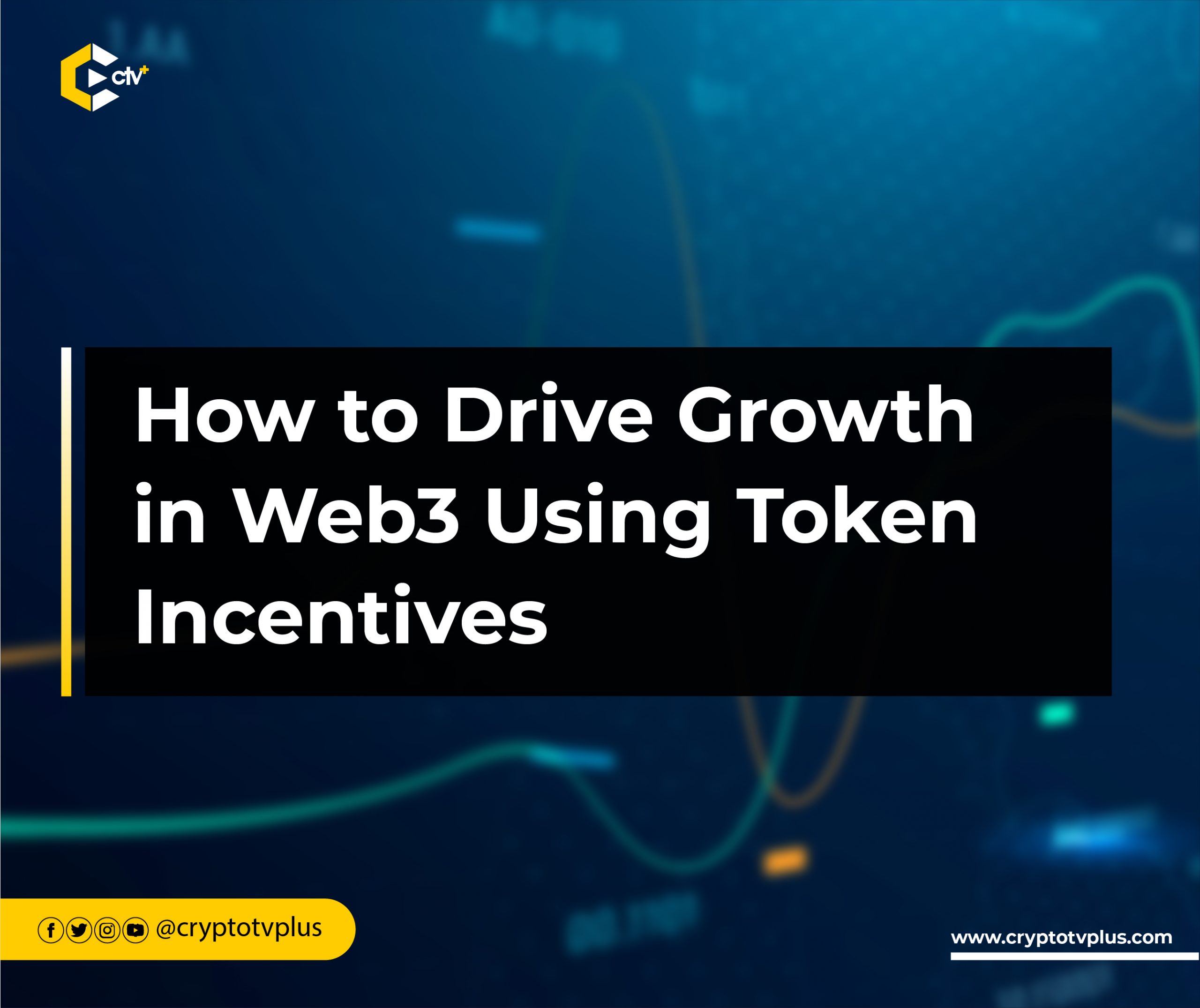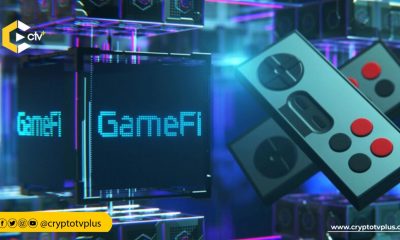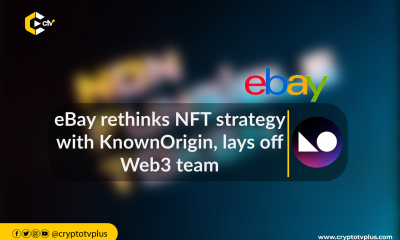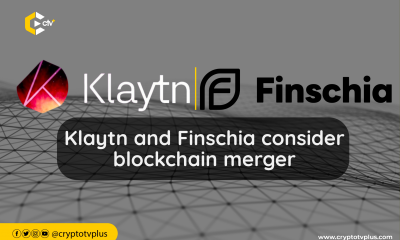FEATURED
How to Drive Growth in Web3 Using Token Incentives

In the ever-changing realm of the decentralized finance (DeFi) market, protocols striving for a robust presence face the vital task of crafting sustainable growth strategies.
This endeavor gains complexity when combined with the integration of token incentives, a tactic gaining traction in the cryptocurrency sector. Gabe Pohl-Zaretsky, Head of Applied Research, Gauntlet, explained how Web3 companies can use token incentives to inspire growth.
Token incentives, often facilitated through liquidity mining programs and other similar mechanisms, have emerged as powerful tools to attract liquidity, traders, and users to DeFi protocols.
These incentives typically involve rewarding participants with native protocol tokens for providing liquidity or engaging in trading activities within the ecosystem.
While such programs can lead to short-term boosts in liquidity and trading volume, their efficacy in driving sustainable, long-term growth demands careful consideration.
Defining Success in DeFi Protocols – Uniswap
For a DeFi protocol like Uniswap, defining success goes beyond mere metrics such as Total Value Locked (TVL), trading volume, or token price appreciation.
He said that instead, success hinges on two crucial factors: high extractable revenue and high governance value.
Extractable revenue refers to the value that can be generated from a protocol, often through transaction fees or other mechanisms.
For instance, by optimizing fee structures and incentivizing liquidity providers, protocols can increase revenue and redistribute it to token holders.
Governance value is closely tied to the importance of the protocol within the broader crypto community. This value arises from factors like brand recognition, market share, and the protocol’s impact on shaping industry decisions.
Protocols with high governance value wield greater influence in shaping the decentralized landscape.
Balancing Incentives: Trader-Side and Liquidity Provider-Side
To achieve long-term growth through token incentives, the Team Lead explained that protocols must determine whether to focus on attracting traders or incentivizing liquidity providers (LPs).
A study conducted on Uniswap sheds light on the considerations surrounding these two approaches.
Token incentives on the trader side aim to boost preference for specific protocols in trading, but efficiency in price execution limits sustained loyalty through incentives alone.
A study indicates minor trading volume misrouting, primarily involving larger traders and Mev bots. While short-term incentives attract initial trading, their long-term growth impact is restricted.
In contrast, liquidity mining programs, specifically “liquidity bootstrapping,” attract liquidity providers with incentives, fostering initial liquidity and trading surges. Organic fees from this surge sustain LP yield, encouraging them to stay post-incentive reduction.
This cycle enhances liquidity, drawing traders and boosting trading volume and fees, benefiting LPs and the protocol.
In summary, he noted that to achieve lasting growth with token incentives, protocols should combine trader-side and liquidity provider-side strategies.
While short-term benefits come from trader-side incentives, sustained growth relies on liquidity bootstrapping and organic fee generation.
When protocols create a synergistic relationship between providers and traders, they establish a thriving ecosystem that persists beyond initial incentives.
Read also; How Anoma will transform Web3 with “Intent-centric” Protocols

























1 Comment